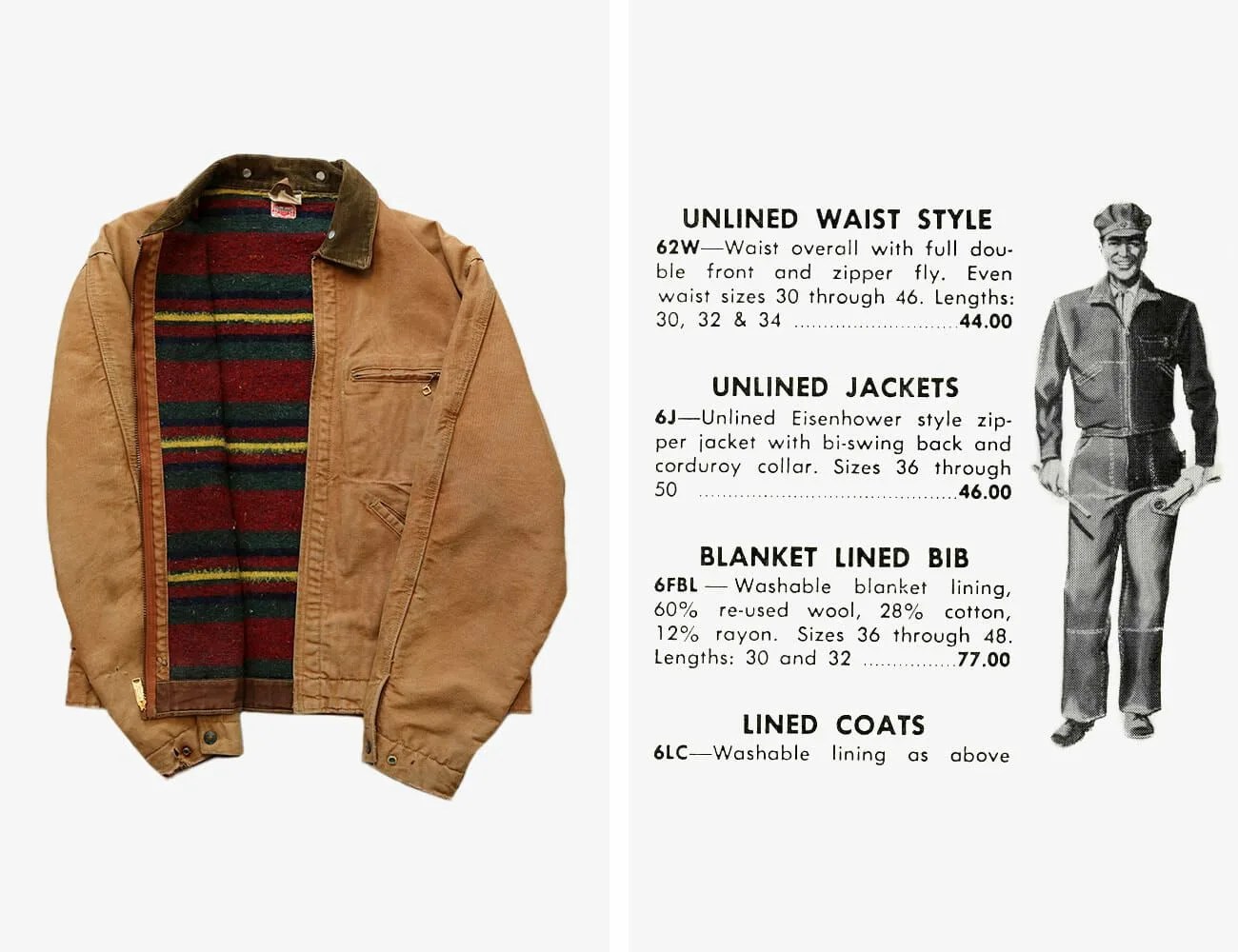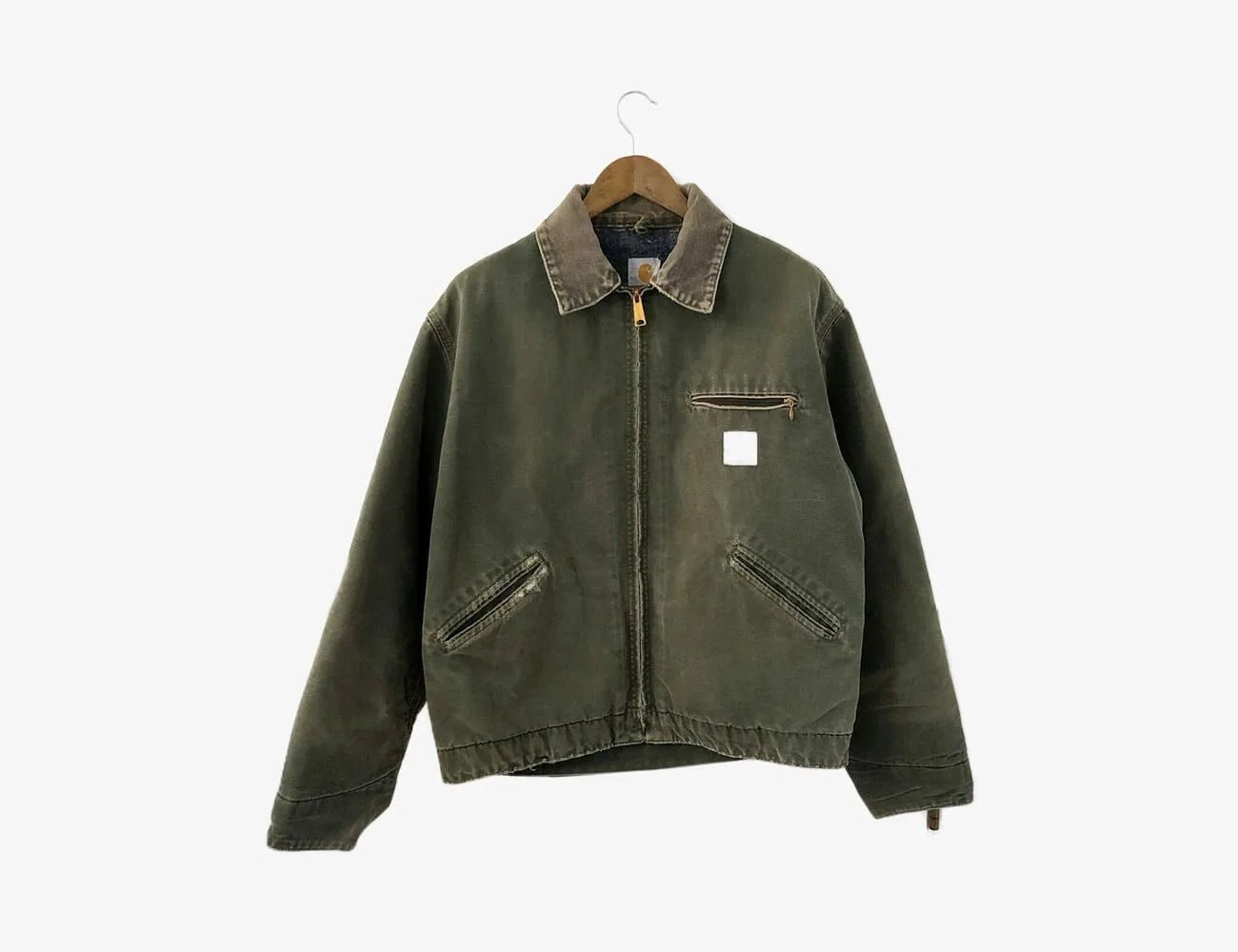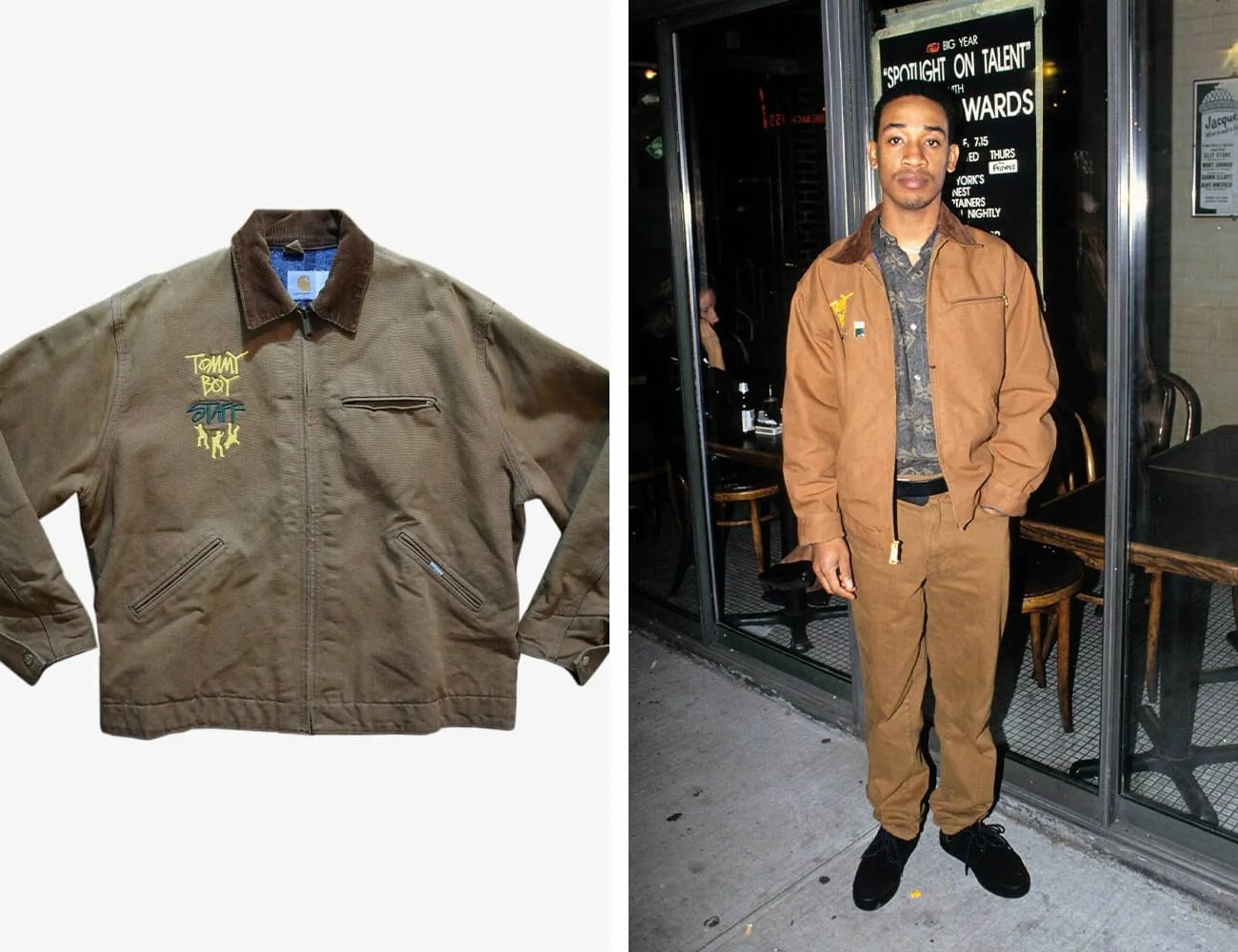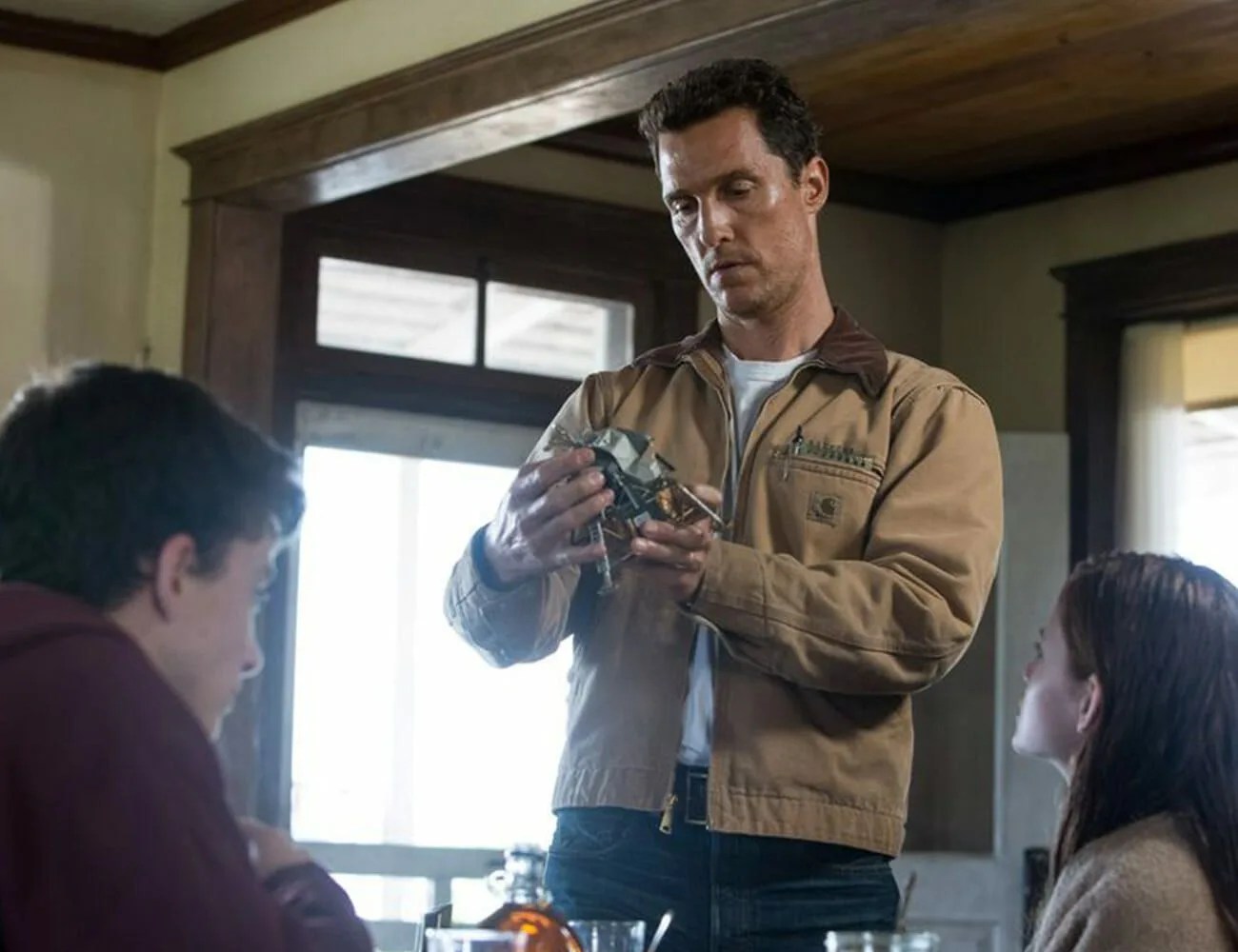The pantheon of workwear is divvied up between brands like Levi’s, Dickies and Ben Davis, comprising centuries of heritage. Among them stands Carhartt, claiming 130 years of tough garments. The brand started in 1889 and has churned out its share of durable icons throughout the last century.
While many know Carhartt for its chore coat, painters pants and hoodies, the Detroit Jacket is quietly popular and is firmly set as one of the brand’s classics.
First introduced in 1954, Carhartt’s Detroit Jacket is comparable to vintage Ricky jackets and garage jackets. It has two hand pockets, a zip-up front, a pointed collar and adjusters at the waist. Though one of its most recognizable features is its hardy 12-ounce cotton duck canvas, it was originally introduced in denim.
“We actually didn’t call it the Detroit Jacket until 1998,” explains Carhartt archivist Dave More. “It was just known as the ‘Zipper Jacket’ for many, many years. Early on, it was one of the only jackets in our product offering that had a zipper.” Before the style got its modern moniker, it was described as an Eisenhower-style jacket, after the woolen military jacket sported by President Dwight D. Eisenhower. That design featured a short length, two flap pockets, a storm placket with hidden buttons, a notch lapel and epaulets. If you’re counting, the similarities are few. Other than the short length, Carhartt’s jacket bears little resemblance.

For a jacket that was first marketed toward construction workers, the lack of pockets may be a headscratcher. But the key to its functional design is the shorter length, which sits just above a worker’s toolbelt. The stripped-down style also helps the jacket translate outside of the job site.
“It has a simple, authentic style and fabric that appeals to a wide range of people,” says Deb Ferraro, vice president of product development at Carhartt. “It’s an easy go-to jacket that can work from the job site to weekend adventures.” Alongside the basic utility, the tough duck canvas has garnered fans for its ability to age and develop a beautiful patina — well-worn and faded vintage pieces often fetch more money than box-fresh versions. “The fabric and color were intentionally developed to get that worn-in look with age,” Ferraro says. “Today, we have softened the fabric, but didn’t take any of the durability out of it, and we wash the jacket before it leaves the factory to give it a more comfortable feel.”





